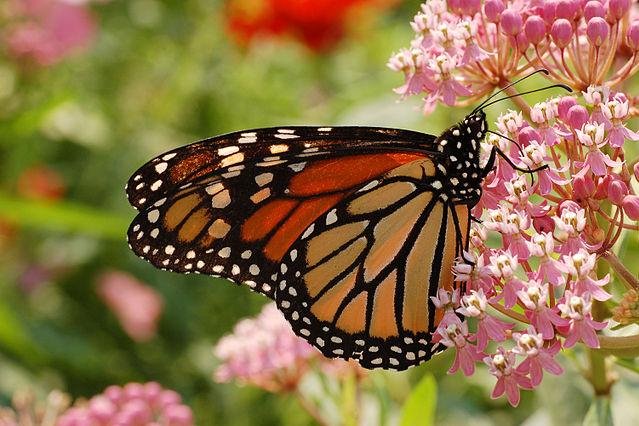GUELPH, Ontario, June 5 (UPI) -- Modern monarch butterfly populations have plummeted, and researchers at the University of Guelph say they know why -- the decline of milkweed crops across the United States.
"We're losing milkweed throughout Eastern North America, but what we found out is milkweed loss specifically in the Midwestern U.S. is likely contributing the most to monarch declines," said Ryan Norris, author of a the new study on monarch decline and a professor in Guelph's Department of Integrative Biology.















